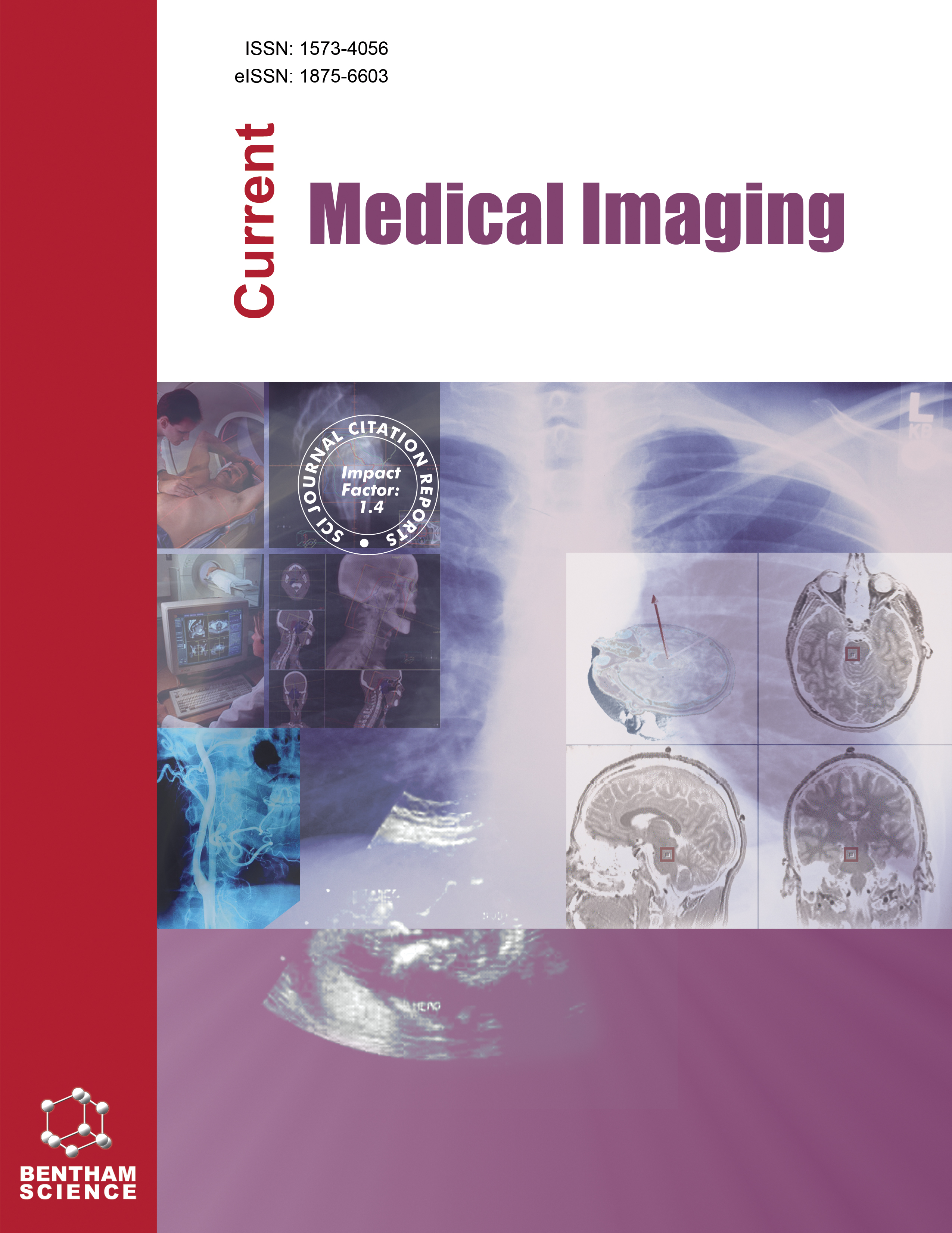-
s An Innovative Metal Artifact Reduction Algorithm based on Res-U-Net GANs
- Source: Current Medical Imaging, Volume 19, Issue 13, Nov 2023, p. 1549 - 1560
-
- 01 Nov 2023
Abstract
Background: During X-ray computed tomography (CT) scans, the metal implants in the patient's body will produce severe artifacts, which reduce the image quality and interferes with the doctor's judgment. Therefore, it is necessary to develop an algorithm for removing metal artifacts in CT images and reconstructing high-quality images. Objective: In this article, we proposed a generative adversarial networks (GANs)-based metal artifact reduction algorithm for the image domain, Res-U-Net GANs. This method can effectively suppress noise and remove metal artifacts in CT images. Methods: Our new approach includes a generator and a discriminator. The generator contains several residual blocks, a U-Net structure and skip connections. And a weighted joint loss function is also used for training. These structures can reduce metal artifacts in images, improve image quality, and restore implant details. Results: We use SSIM, PSNR and RMSE to evaluate the performance of the proposed method. The mean SSIM, PSNR and RMSE of the testing set images are 0.977, 39.044 and 0.011, respectively. And the trained model which is compiled and encapsulated, also show excellent performance in processing clinical data sets, which can remove metal artifacts in clinical CT images. Conclusion: We consider that the proposed algorithm can remove metal artifacts in CT images and restore image details, which is very helpful for radiologists.


